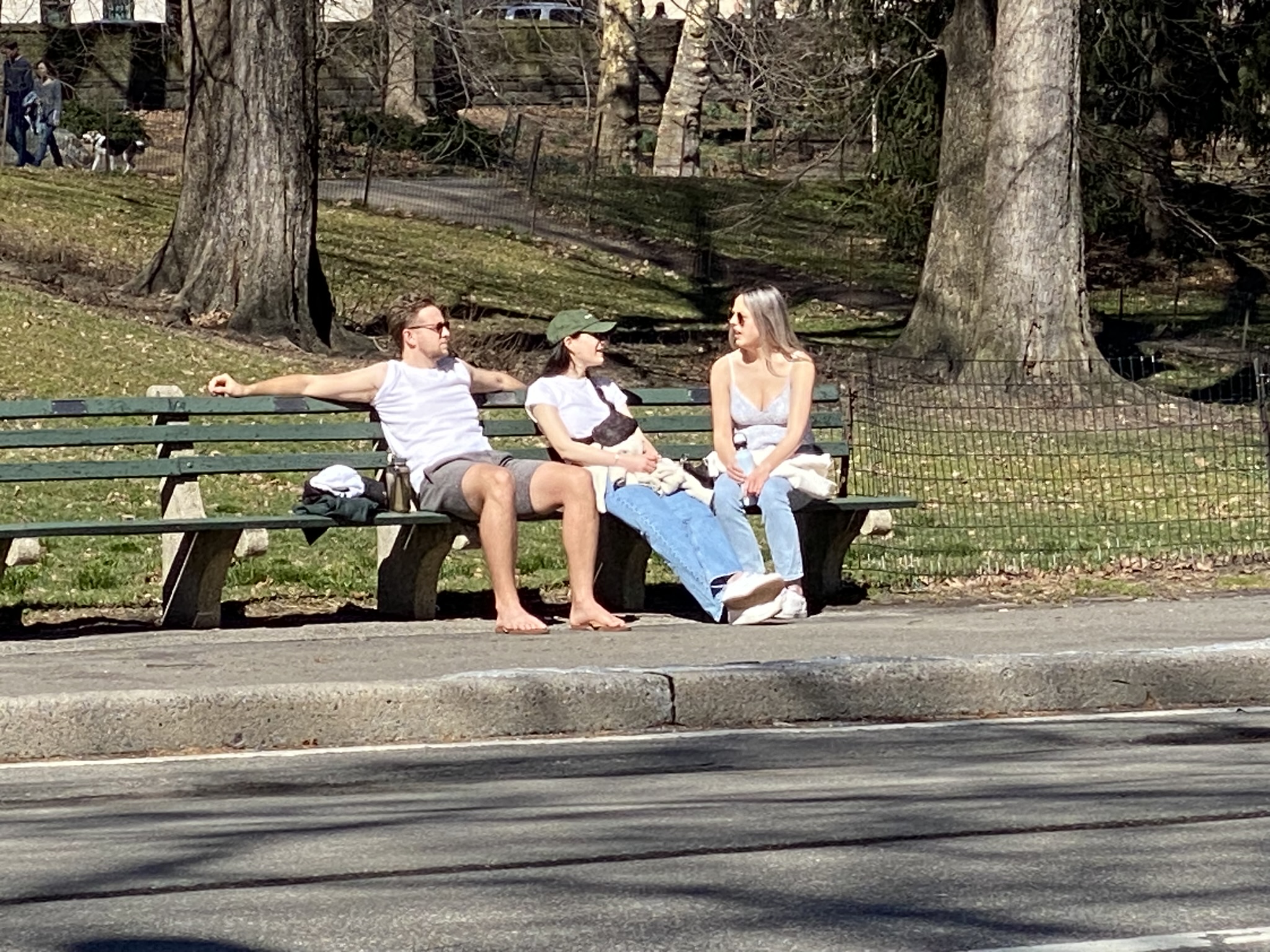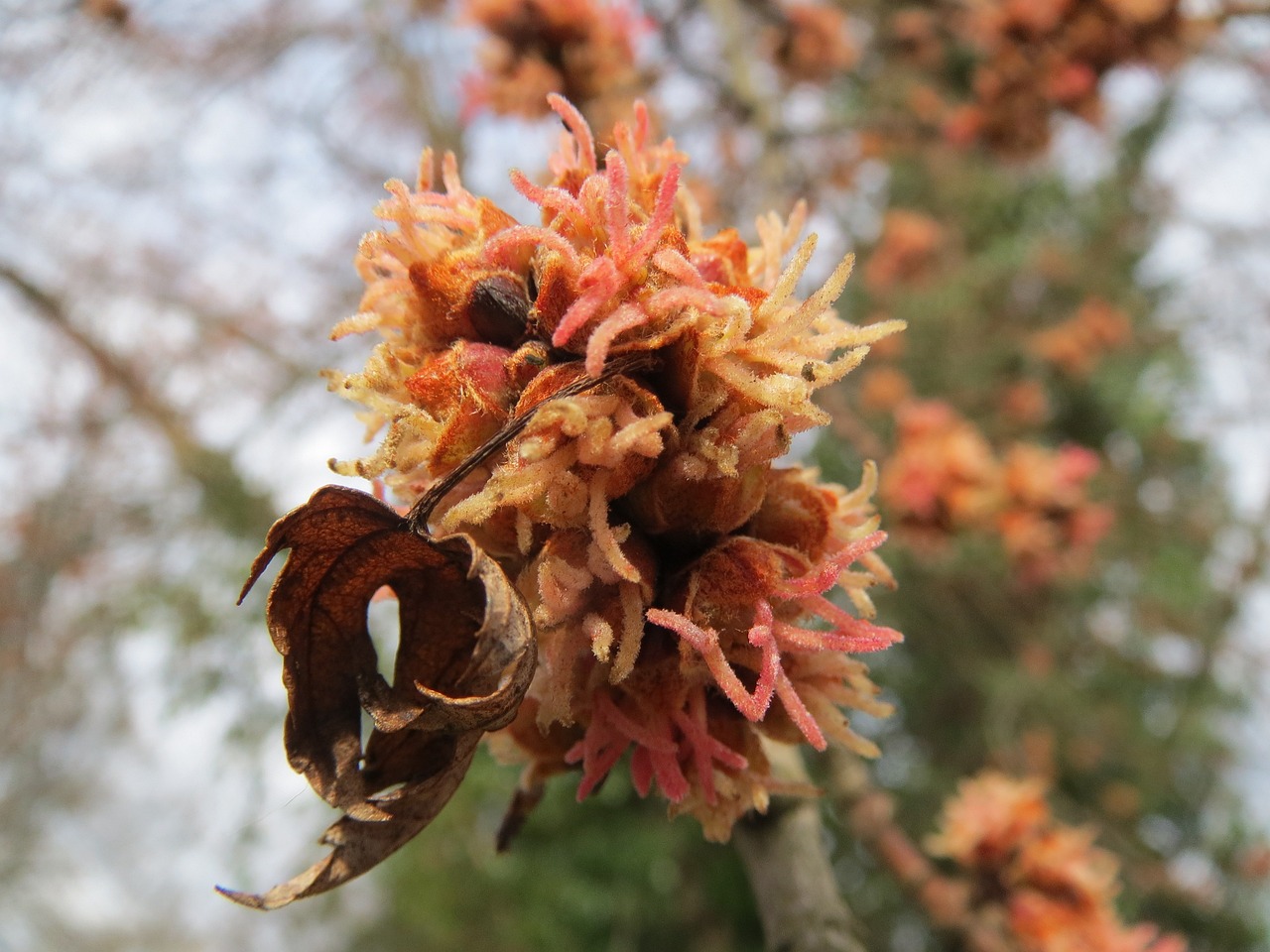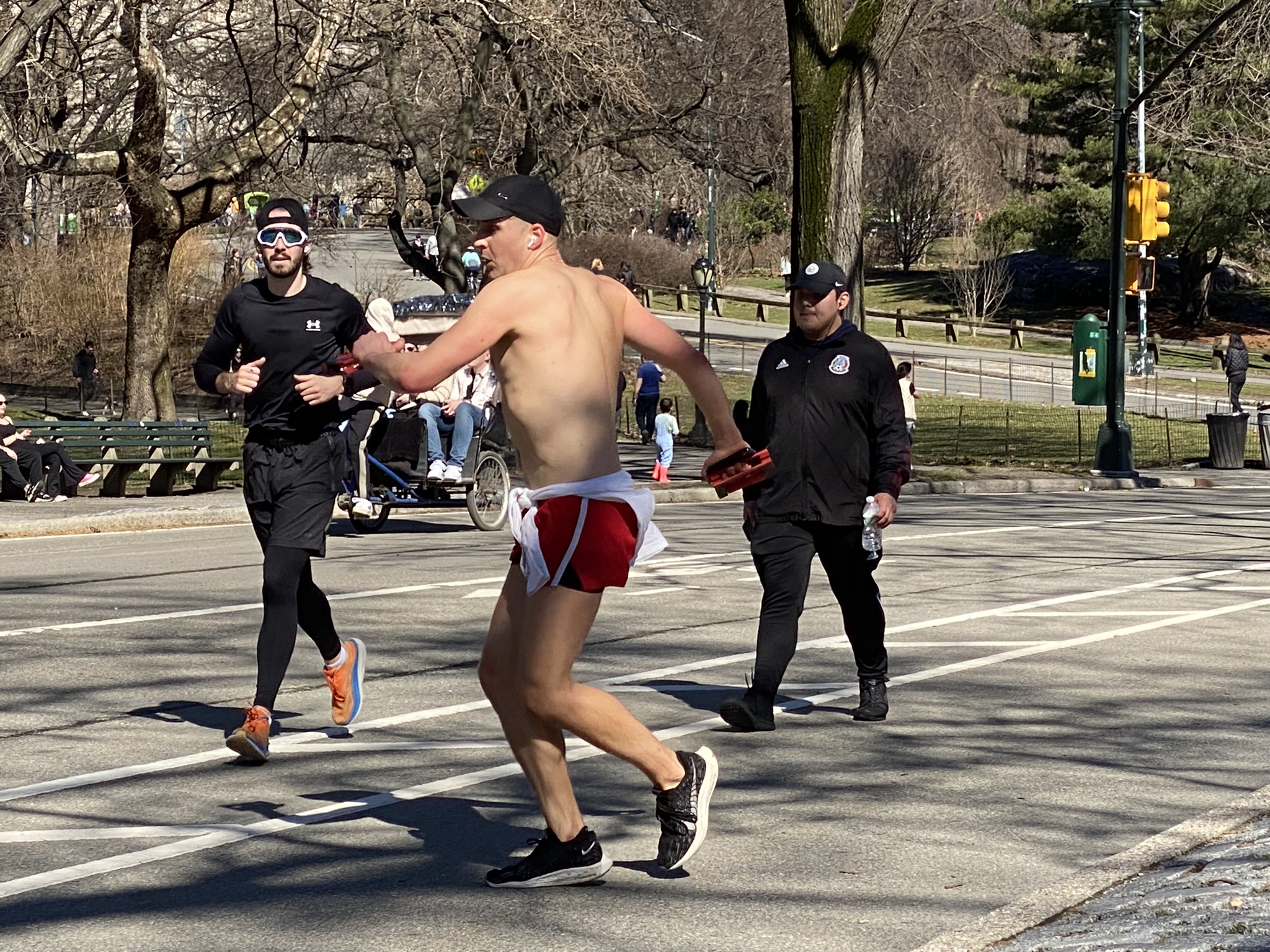
By Bonnie Eissner
With Sunday’s toasty weather, the Upper West Side was teeming with life. People shed coats, even shirts, to soak up the rays as they ran, sunbathed, dog walked, and generally enjoyed themselves.
In Central Park, Megan Morrissey lay out in a tank top and shorts, reading a book. Having heard that the temperature would hit the 60s, she grabbed a picnic blanket and traveled from Kips Bay to get some sun. “I think we’re all mentally ready for summer,” she said.
Summer? Spring is over two weeks away. We asked a climate expert what is causing the balmy weather, and if we should be concerned.
Veeshan Narinesingh, a physical scientist at NOAA Geophysical Fluid Dynamics Laboratory in Princeton, NJ, explained that a mass of warm air created by surface winds pulled in air from the south causing the temperature in New York to spike to around 63 degrees on Sunday. Such weather patterns are not unusual, but, Narinesingh said, “These warm air masses hit harder due to climate change, because the background temperature is warmer than it was years ago.”
The annual average temperature in New York has risen 3 degrees Fahrenheit in the last 100 years, according to the New York State Department of Environmental Conservation. And winters in the state have warmed three times as fast as summers.
Narinesingh pointed to data he collected with students in Harlem showing that average winter temperatures in Central Park have risen by about 5 degrees Fahrenheit, from an average of around 38 degrees to around 43 degrees.

Temperatures will always fluctuate because weather moves in waves, he said, but “your highs are going to get higher, that’s for sure. So that’s scary. But the scariest part to me is that the poorest people are the most affected by it.”
Narinesingh, whose parents immigrated to the U.S. from Trinidad, grew up in different parts of New York, including in the Bedford Park and Allerton Avenue areas of the Bronx, which have densely populated housing projects.
The crowding, abundance of asphalt, and lack of greenery exacerbate the heat, he said. “So people in those communities are going to be most affected by it.”
Beyond New York, the poorest countries, the ones who least contributed to climate change, will suffer the most, he observed. He’s particularly concerned about the Caribbean, where his parents are from.
“Just thinking about climate change in general, and how the most vulnerable populations are disproportionately affected makes me upset; it makes me really sad,” Narinesingh said. He used his concern as a motivation to act. He, Jhordanne Jones, a NOAA Climate & Global Change postdoc fellow, and Gabriel Rios, a friend and fellow City University of New York graduate, started the nonprofit Caribbeans for Climate to boost climate science education in the Caribbean and spur people from the region to get involved in climate science. “There’s not a lot of people who look like us in these types of fields,” Narinesingh said. “We want a seat at the table now.”

People aren’t the only victims of climate change; animals and plants bear the consequences too. Research has shown that many local trees, for example, are flowering earlier than they have in the past, which over long periods of time can harm the tree and the insects and birds that depend on it.
A recent study of 36 types of trees, shrubs, and forbs (wildflowers) in New York state showed that on average the plants flowered 10.5 days earlier and leafed out 19 days earlier today compared to the mid-19th century. The study, published in 2022 and led by Kerissa Battle, founding director of Community Greenways Collaborative, drew on observations made by citizen scientists. The data showed that plants in cities like New York, which are prone to higher temperatures and other urbanization effects, tend to put out blossoms and leaves even earlier.
The results are concerning for several reasons. “Winter is really important for plants,” said Georgia Silvera Seamans, an urban forester and founder of Local Nature Lab. People moan about the cold, but “plants require a certain chilling period. It’s part of their biology, and that’s not happening with shorter winters,” Silvera Seamans explained.
She leads the Washington Square Park Phenology Project, which gathers data about the life cycle events, or phenophases, of 13 trees in the park. She has noticed that the silver maple tree, a native species and typically one of the first to flower, has been flowering for a while. “If there’s a cold snap, or some kind of hard frost, all of those flowers can be negatively impacted,” she said, “and then that’s a lost resource for that tree.”
“It’s a real house of cards,” said Carey Russell, a New York City-based dendrologist, or naturalist who studies trees. He’s confident that New York state and the northeast region will continue to have a forest. “But what that forest is going to consist of and who the big winners and losers are going to be is yet an open question.”
Still, Russell sees a silver lining in the early March warmth. “I always tell everybody when they experience events like this to be careful that we don’t all have a reactionary Chicken Little kind of response to it,” he said. “It’s a great opportunity for people’s curiosity to peak, for them to use it as an opportunity to become more environmentally literate, and also to motivate their advocacy or activism, but not to do it from a position of fear, to do it from a position of an opportunity to be more informed.”

Subscribe to West Side Rag’s free email newsletter here.










Twenty degrees above normal seems OK until it happens in July or August. One or two days of 110 degree temperatures and NYC will be in big trouble.
Mid 19th century that’s 175 years ago.
Things change
Thank you Joey 👍
And human-induced global warming is a woke conspiracy, eh?
March comes in like a lion and goes out like a lamb, except for when it comes in like a lamb and goes out like a lion.
We’ve had warm days in March, it comes with the territory. On the other hand what is cause for concern is there’s much fewer record lows being set compared to record highs. We’ve also had subzero temperatures less often than we used to, the last time was in 2016, before that 1994, in before 1950 it used to happen every few years. Part of it is also due to development. Climate change is real and its an issue, but there’s only so much sacrifice people will accept on a permanent basis. I guess what you’ll end up seeing is either we find a way to mitigate climate change without fundamentally lowering or changing living standards or people just throw their hands up in the air and enjoy what we have left.
“Let’s compare this to the Maldive Islands where March comes in like a wildebeest
and goes out like an ant.”
Great article! From my recollection, by late Sunday afternoon, I was freezing my buns off as temperatures dropped rapidly. Today, Thursday, March 14, was glorious! So many happy faces but it’s concerning to read about buds blooming too soon for insects & birds & people without green spaces.